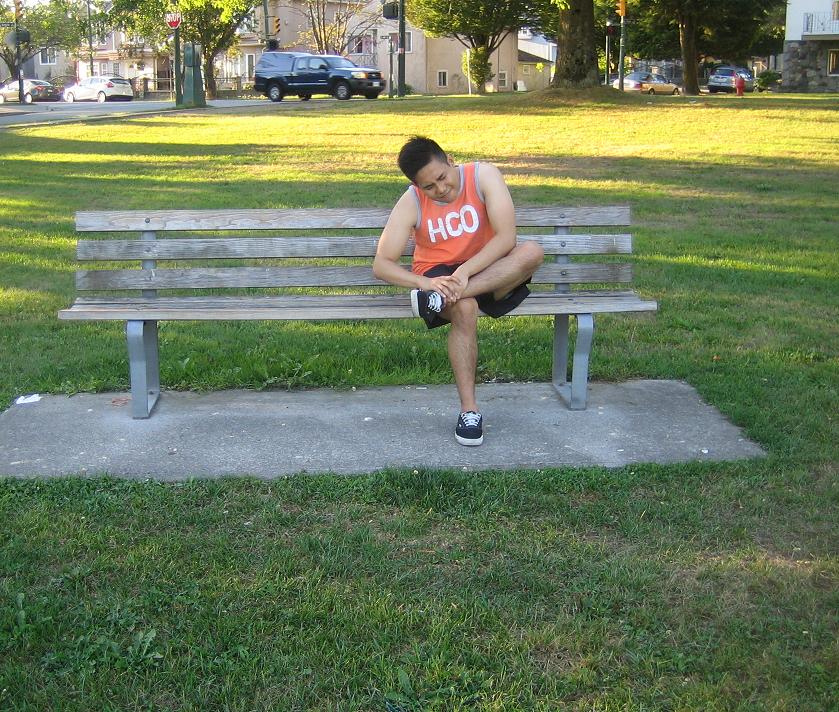Blisters can occur to anyone who takes part in sports. Many athletes simply agree that this as a part of the sport, but there are actions that can be observed to avoid them or minimize the discomfort and potential for infection.
Possible causes of blisters
Blisters customarily develop due to rubbing on the skin that can occur from the rubbing action of clothing or sports gear on the skin. Over time, prolonged friction can trigger the upper skin layer to separate from the second skin layer or dermis.
One indication that a blister is about to develop is warmth and redness on the skin which is called a “hot spot”. This is followed by fluid that fills that space between the upper 2 skin layers to provide protection from continued rubbing. Once this occurs, a blister forms which appears similar to a small-sized bubble on the skin.

Many individuals develop blisters on the soles of the feet, heels and palms of the hands since they rub against socks, shoes or sports equipment. This form of friction particularly in warm, moist conditions is the ideal spot for the formation of blisters.
Treatment
If an individual develops blisters, the objective is to keep the blister from getting bigger as well as avoiding infection. The indications of infection include red or warm skin, drainage of pus and red streaks that radiates away from the blister.
The small-sized unbroken blisters that do not trigger discomfort should be left to heal since the ideal protection against infection is the skin. Nevertheless, large and sore blisters should be drained as long as the upper skin layer is intact and ensure that the blister is covered.
Prevention of blisters
The best way to prevent blisters is to reduce friction on the skin. This is done by wearing proper footwear that fits. Some of the moisture-wicking socks that are made out of synthetic blends can minimize the friction and moisture on the skin of the feet.
Those who engage in running usually tape the toes or heels that are prone to blisters before a run to prevent blisters. Even though band aids and other types of tape can be utilized, many athletes frequently utilize a small strip of duct tape on these trouble spots. Take note that duct tape remains in place for long runs and the glossy region is slippery enough to glide on socks.
Another option is to dab on petroleum jelly or even talcum powder prior to exercise to minimize friction.

